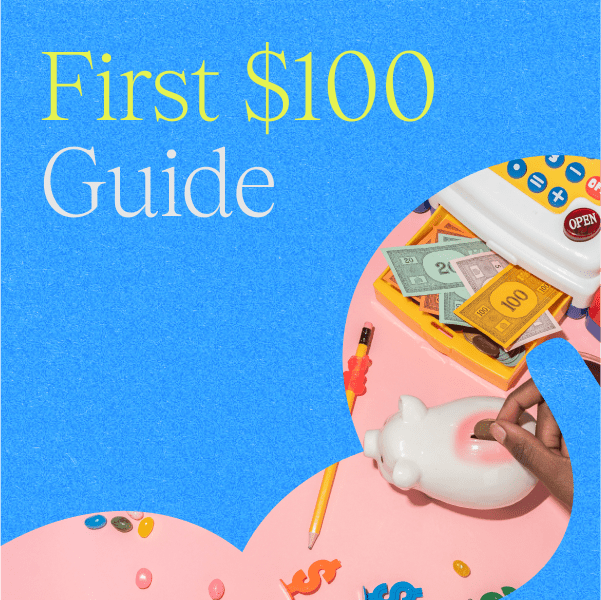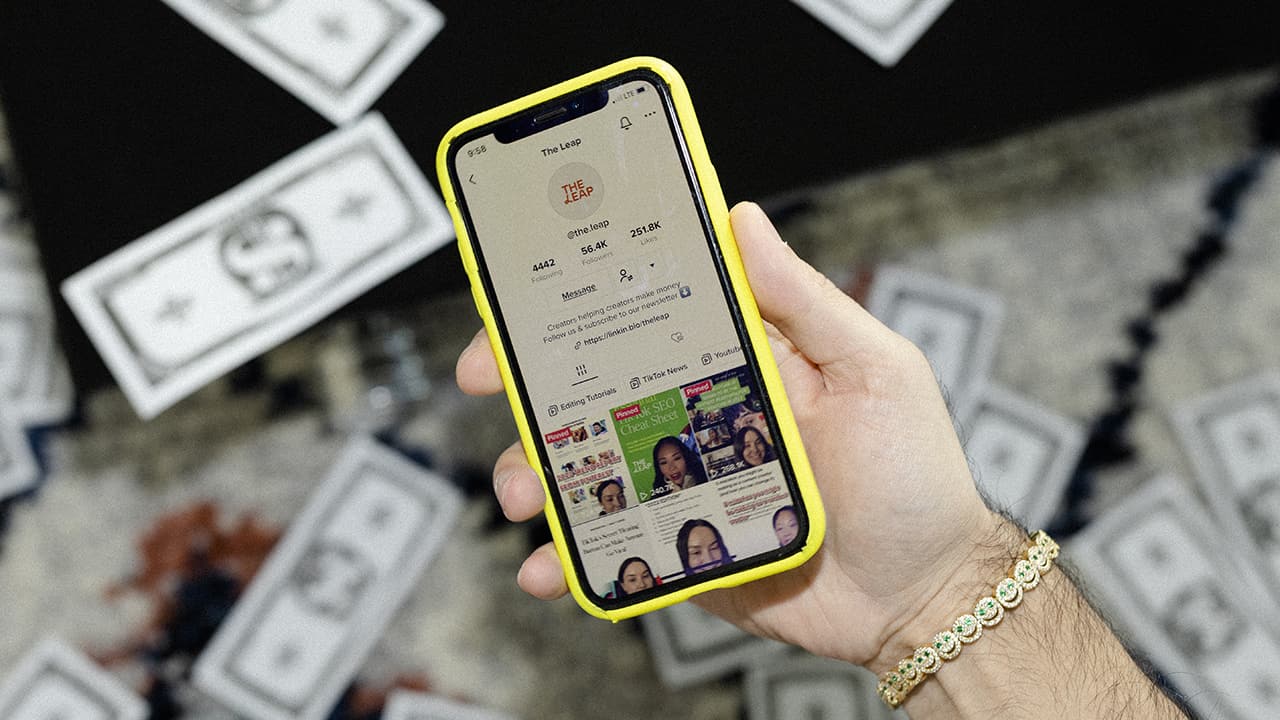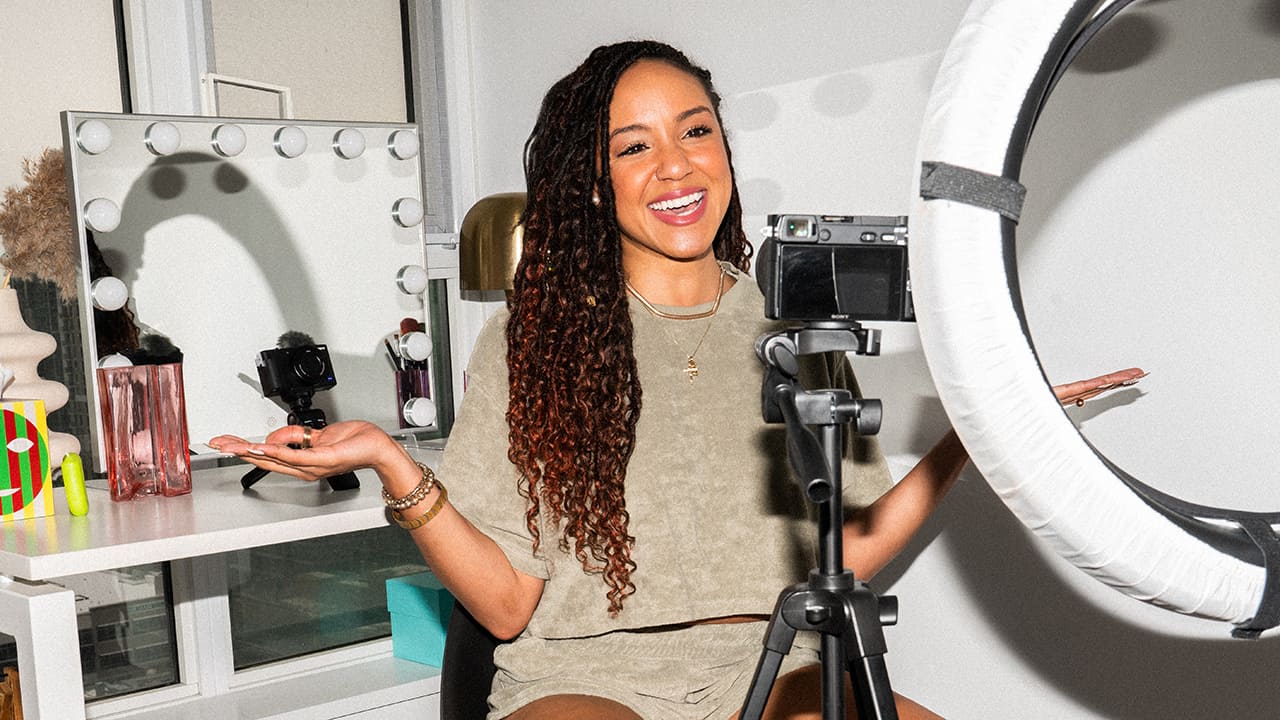Being a writer is as simple as beginning to write. Being a successful writer takes more investment: honing your voice, finding an audience, and of course, making a living. And if you want to succeed on Meta and Google’s internet, you have to adhere to finicky algorithms. Or you did — until Substack launched in 2017.
In this article, we’ll cover how you can use Substack to launch your very own newsletter, including:
- Branding your Substack newsletter
- How to build your Substack newsletter platform
- Growing your audience, as well as your paid subscriptions
Ready to start writing? Read on for our comprehensive guide on how to use Substack newsletters to monetize your audience.
What is Substack?
If Mailchimp and Patreon had a baby, its name would be “Substack.” At it’s simplest, Substack is a subscription-based newsletter service. Writers sign up to produce a newsletter that they can supply for free, or for a monthly fee.
The benefit? This allows writers — who have generally relied on media companies to pay their wages — to monetize their ideas without needing to farm SEO, establish domain authority, or write clickbait-y headlines.
Since the launch of Substack, many creators have started writing, switched from other platforms, or migrated their social media presence to their own Substack newsletter. The website has created a new means of artistic freedom and ownership for writers (and other content creators) over their own work.
How do you make money on Substack?
There are a lot of ways to answer that question, but here’s the basic breakdown of the Substack payment system: Substack takes 10% of any subscription fee charged. The payment processing company Stripe charges an additional credit card fee. The rest goes into the writer’s pocket.
The tricky parts of Substack are the same as those of becoming a successful writer: building an audience, finding your voice, choosing compelling topics that are equal parts interesting and topical, and learning how to pitch and market yourself to an expanding readership.
While this particular article doesn’t cover how to become a better writer, here are our tips for how to monetize your Substack newsletter.
Want to know how else you can earn money as a creator? Download our free guide on 12 ways to make your first $100 online for more ideas.
Setting up your Substack newsletter
You’ve got your great idea. You know what you want to dig into. You’re excited to bring a readership with you on this journey. Great. Now, convince me to pay you with just one sentence.
Gulp! Sorry to go hard on you there, but setting up your Substack publication is much more of a branding exercise than a technical one.
To get started, hone in on these publication details:
1. Pick a name for your newsletter
The name should be simple, dynamic, and catchy. A tall order, but hey — this is your wheelhouse. Some of our favorites include:
- Huddle Up by Joseph Pompliano: This newsletter is about the business of sports.
Notice how the title suggests that readers will be getting an in on game strategy. - The Unpublishable by Jessica DeFino: A newsletter about the beauty industry, and how it perpetuates misogyny and racism in pursuit of profit. This title demands attention and promises to reveal secrets.
- Computer, Enhance! by Casey Muratori: A newsletter about programming, including interviews and courses. The name itself gives a sense of the wry voice readers can expect.
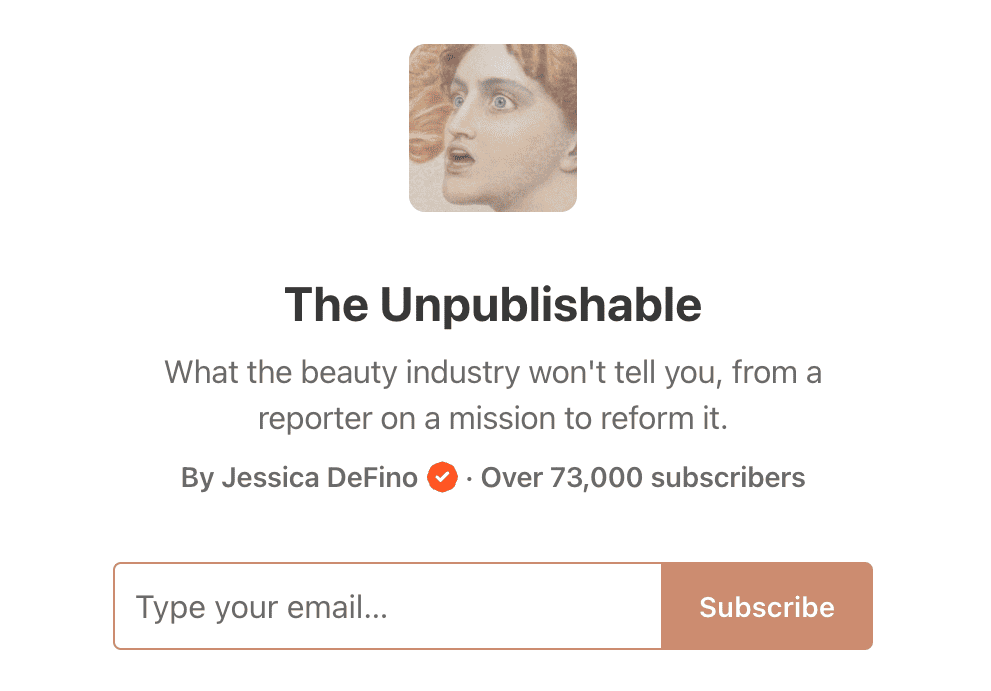
2. Choose a simple URL
Keep it simple and with intuitive spelling. This makes it easier for potential subscribers to find, and later will help with SEO and promotional efforts.
3. Create a logo
A logo on Substack is more of an avatar than a true logo. Save the tonal gradients for your image bank and choose a simple image with crisp lines. The logo’s sweet spot is 256 x 256 pixels, according to Substack, but can be slightly larger or smaller.
Consider that you’ll also want to use your logo across social media. Try hard to make sure it translates as well to a Twitter account as it does on the Substack app.
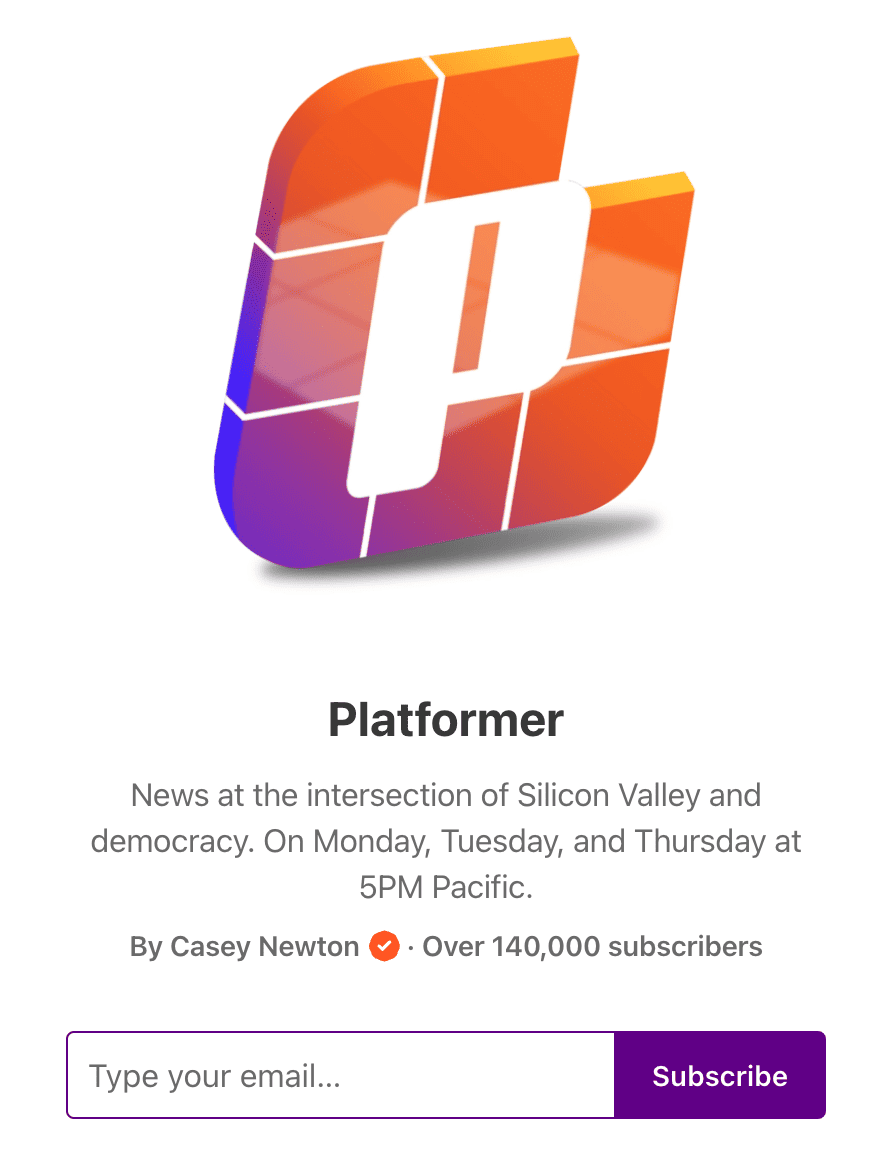
4. Come up with a short description
This is your elevator pitch. What is this newsletter about, and why should someone read it?
Committed as they are to brevity, Substack only allows for a single line of description. Writers are forced to think hard about what they want to share about their work that will intrigue and invite potential readers.
This short description lives on your “Welcome” page, which appears to new readers. The best lines relay the newsletter’s topic and the tone, and give a sense of the writer’s particular lens. We’ve collected a few of our favorites to give you some ideas:
- Platformer by Casey Newton: “News at the intersection of Silicon Valley and democracy. On Monday, Tuesday, and Thursday at 5PM Pacific.” Clear, precise, and a promise of multiple updates per week. Seems like a solid investment.
- Letters of Note by Shaun Usher: “Nothing but history’s most interesting letters.” Simple, straightforward, and gives a sense of the newsletter’s bare mission.
- Five Things You Should Buy by Becky Malinsky: “Suggestions of what to wear. For when you just don’t want to look anymore. I scroll so you don’t have to.” A chore turned into something fun through the power of editing.
As you write your description, engage your inner Hemingway and focus on clear, concise language over flowery description.

Building your Substack newsletter
Substack has a simple design interface that prioritizes the reader’s experience over flashy templates. Unlike on a personal website or Instagram profile, Substack readers aren’t as interested in aesthetics. Rather, they want a taste of your work, and if they like it, they want access to more.
Establish an archive
Whether you have paying subscribers or not, having a backlog of posts is a good way to demonstrate that you have a deep interest in (and commitment to) your work and your audience.
An archive also acts as a way to convince on-the-fence readers to subscribe. Having a first post is great — but unless it’s the Great American Novel, it’s a hard sell.
If paying subscribers receive access to an entire archive of posts, they have even more reason to sign up and continue their patronage.
Use buttons
Buttons aren’t just fun to push. A well-placed button in an email can mean the difference between an interested party subscribing to your newsletter, or just fading away.
Substack makes it simple to add buttons to your content, and a simple line directing readers to click it will make a recurring difference to your subscriber list.
Alison Roman’s “a newsletter” does a great job of featuring the button right at the top of a new post, prompting new readers to click and sign up.
Because she primarily writes recipes, she knows a great many of her readers will have been forwarded her newsletter. Savvy marketing skills!
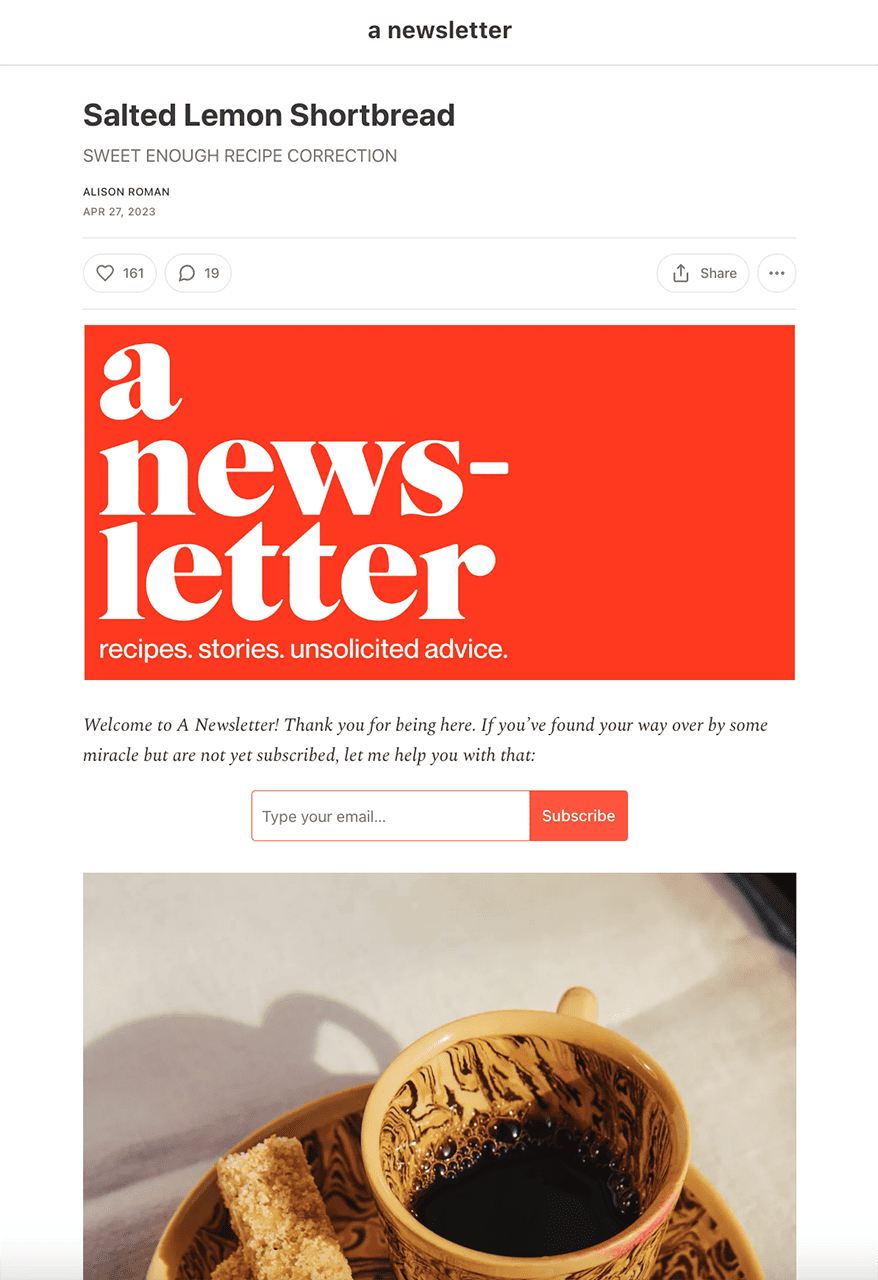
Style
A newsletter on Substack prioritizes the writing over the look. While buttons and an archive are great for converting new audiences, consistency helps keep a subscriber base engaged.
Visual cues, such as a banner and a footer image, become the branding of your content creation. Consider your brand colors and use them throughout your work (hello, buttons!).
That logo we mentioned? That image appears as a thumbnail whenever a link to your newsletter is shared. When a reader (inevitably) links to your writing on social media, that image will appear.
Customize your “From” field
We’re being hyper-specific with this one, but a Substack publication relies on email open rates. Make the “From” field a recognizable name. You could even include the publication name.
When setting up your newsletter make sure that your “From” field is email provider-friendly. You don’t know whether your audience will read your work via Gmail, Yahoo, or Hotmail, but making sure they know who is trying to get in touch will go a long way towards open rates.
Sohla El-Waylly, writer of the recipe newsletter Hot Dish, gives her readers all the answers right in their inbox. Her from field reads “Sohla from Hot Dish.”
Consistency
From the moment you send your first newsletter, know that you’ve made a commitment. The most successful independent writers publish regularly, and know how to use their social network to connect with their subscriber base.
While many writers will publish frequently, it’s the writers who’s newsletters show up in an inbox every week that garner community and a subscriber base.
These details can take your fledgling newsletter to the next level. But it’s crucial that writers do the legwork up front to make sure their basic branding and pitch are clear. If a reader doesn’t make it past the short description, none of the other details matter.
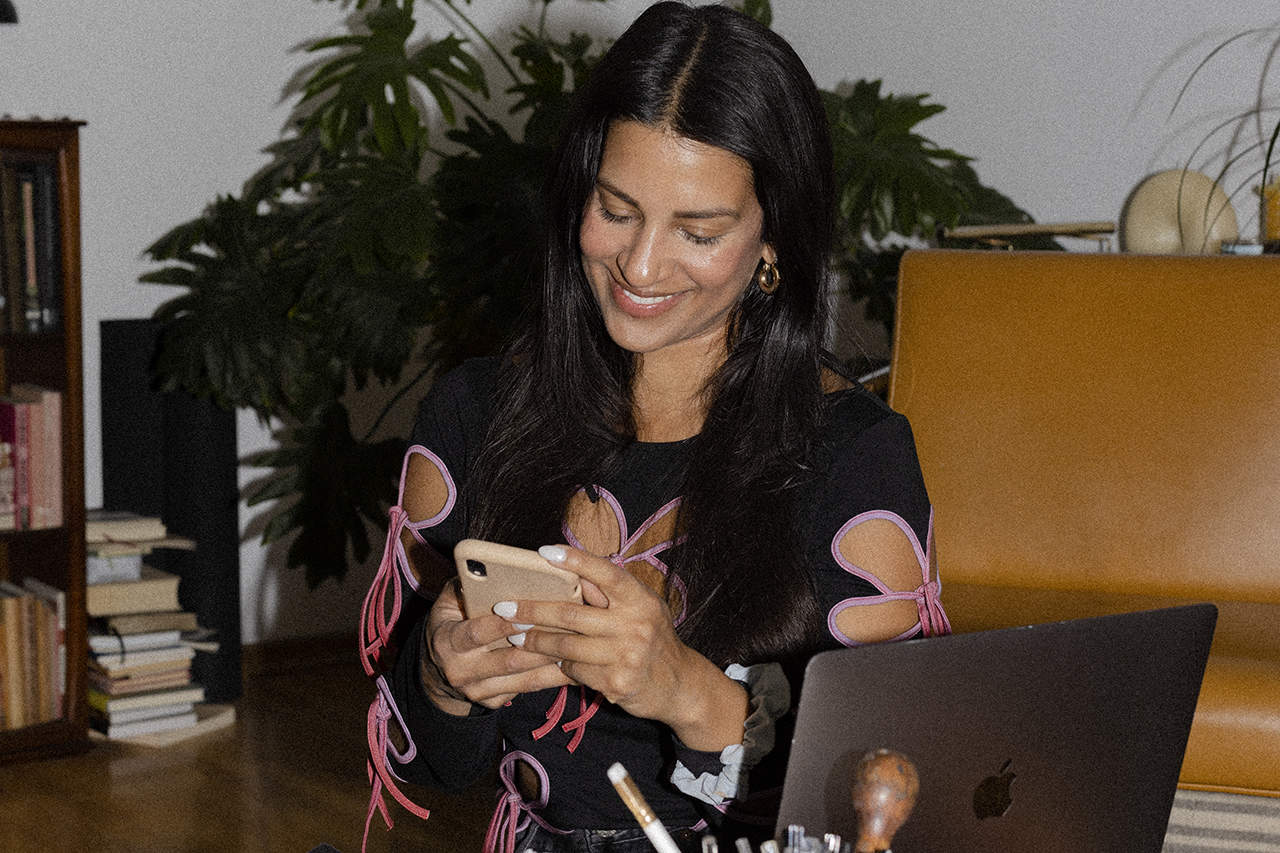
Tips to grow your Substack newsletter
The Substack platform caters to a huge, niche-oriented audience. On the same platform, you can subscribe to a newsletter detailing the underbelly of the NBA marketing machine, get a weekly drop of the hyper-regional histories of snack foods from around the world, or read up on trends in rave culture, reported gonzo-style.
Regardless of your newsletter’s topic, here are the best ways to establish and grow your Substack audience.
Make your newsletter free to start
Even if you do have a considerable presence elsewhere — maybe you’re a TikTok star, have a raucous Twitter account, or have published some best-selling books — your audience will want to assess the value of your work before they decide to pay for it.
When you do decide to set up a subscription fee, the most likely subscribers will come from your free list.
Emily Atkin, author of climate-change newsletter Heated, estimates that 6% of her audience converted from free to paid in the first week of her paywall.
Plan your content
“I enjoy writing! It will be easy to think of new topics.” Wrong. Oh man, how wrong.
To publish on Substack is to commit to a consistent posting structure that feeds your audience, builds your email list, and gives you the chance to capitalize on your own work. None of that can be accomplished off the cuff.
Invest in some content-planning long before you even think about subscription fees. Planning helps create a sensical shape to your work, giving your audience some kind of direction as they read (or catch up on the archive).
Planning also comes in handy when life crops up: suddenly you’re feeling under the weather and have to write something specific, thoughtful, funny, charismatic, insightful. Well, good thing you’ve got a jumping-off point and some notes.
Cross-promote
Your social accounts, like Instagram or Twitter, are an excellent place to mine email subscribers. Your followers are already invested in what you have to post, and the chances that they’ll want more of you are pretty good. Share your new writing venture with these communities, speaking specifically to what those audiences will gain by reading.
For example, if your Twitter followers know you for your in-depth analysis of foreign policy, tempt them with the promise of no character limit.
If your Instagram audience loves you for your beautiful and inventive styling ideas, explain how the newsletter format will expand your offering.
If you’ve run a successful blog, write a blog post explaining how the content you’re building on Substack is different, and what new value it will bring.
Eventually you may get to a place where it makes sense to create social accounts that are exclusively about your Substack newsletters. But to start, it’s easier to engage with the audience you already have.
Build a launch plan
When you’re ready to put up a paywall, building a comprehensive launch plan will give you the structure you need to stay the course.
A launch plan also creates goal posts around what you want your publication to achieve on the road to subscription. A few things to build goals around as part of your launch plan might be:
- A certain number of free subscribers
- X amount of archived posts
- Open rates on your newsletter
- Social media milestones, such as followers or engagement
Once you’re satisfied with the reach of your free articles, shifting to a paid model is a matter of marketing. Think early-bird discounts, testimonials praising your work, collaborations with other newsletter authors to share audience leads.
A comprehensive launch plan doesn’t just consider the leap to paid. It helps establish trust in the work, and to stay the course when doubt creeps in.
Keep offering free content
Once you’ve launched your paid newsletter, don’t forget about the freemium people that got you here.
Whether you keep your archive unlocked or offer a few pieces a month to your general subscriber list, make sure you offer a sampling of your work so new people can decide whether they want to invest.
Whether that means offering a free version of your newsletter (like stylist and writer Leandra Medine’s The Cereal Aisle), or publishing an occasional public post for all-subscribers, your free list is the lowest-barrier method to grow your subscriber count.
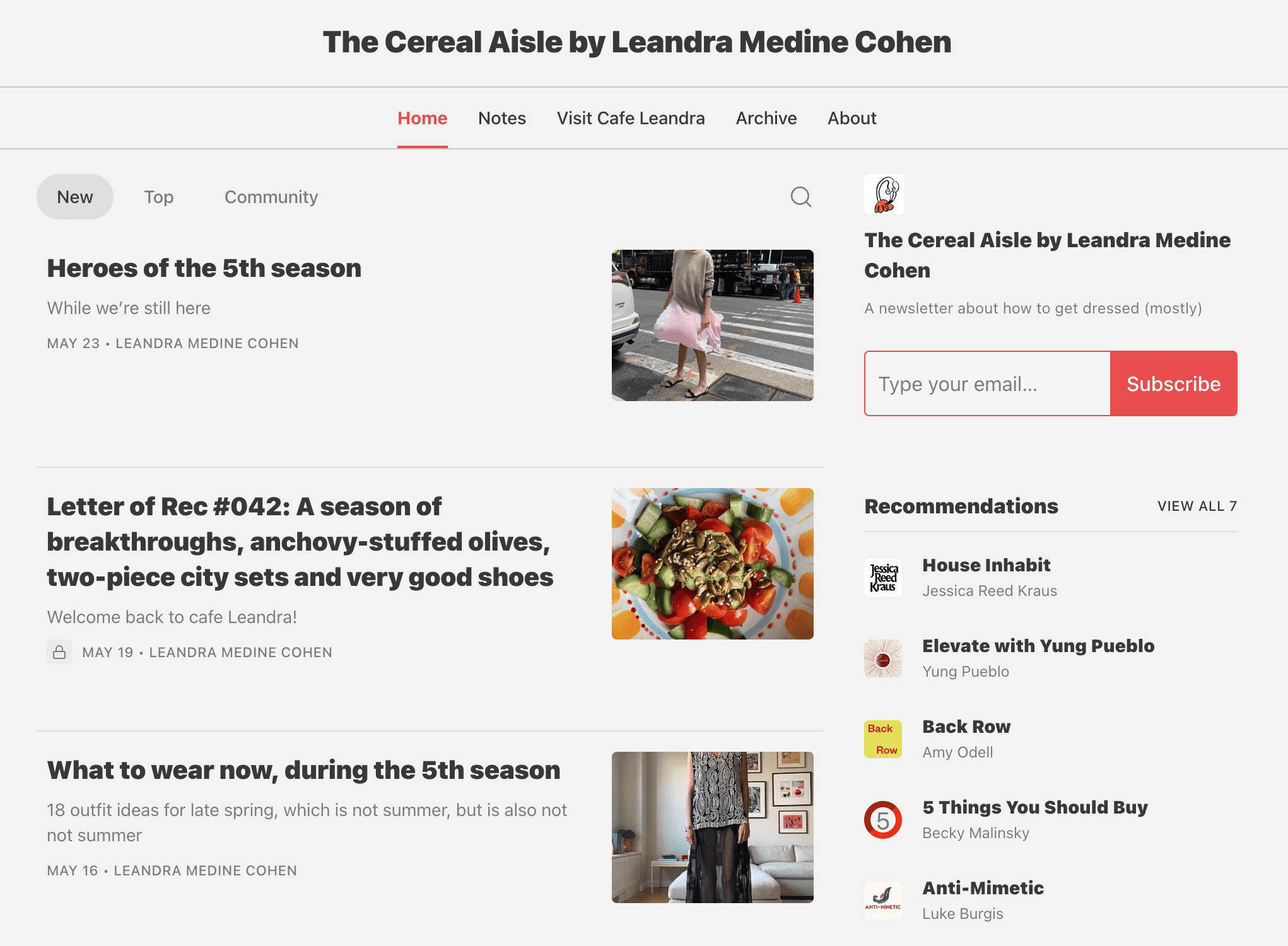
Wrapping up: Substack best practices
We’ve covered a lot of Substack best practices by other names in this article. For example, choosing a simple and memorable title, being consistent with your publishing schedule, writing a content plan, building a big free list before going paid.
But that stuff — that was just about the newsletter. What about the business of writing one? Below, we cover three more best practices to consider as you work to monetize your writing career.
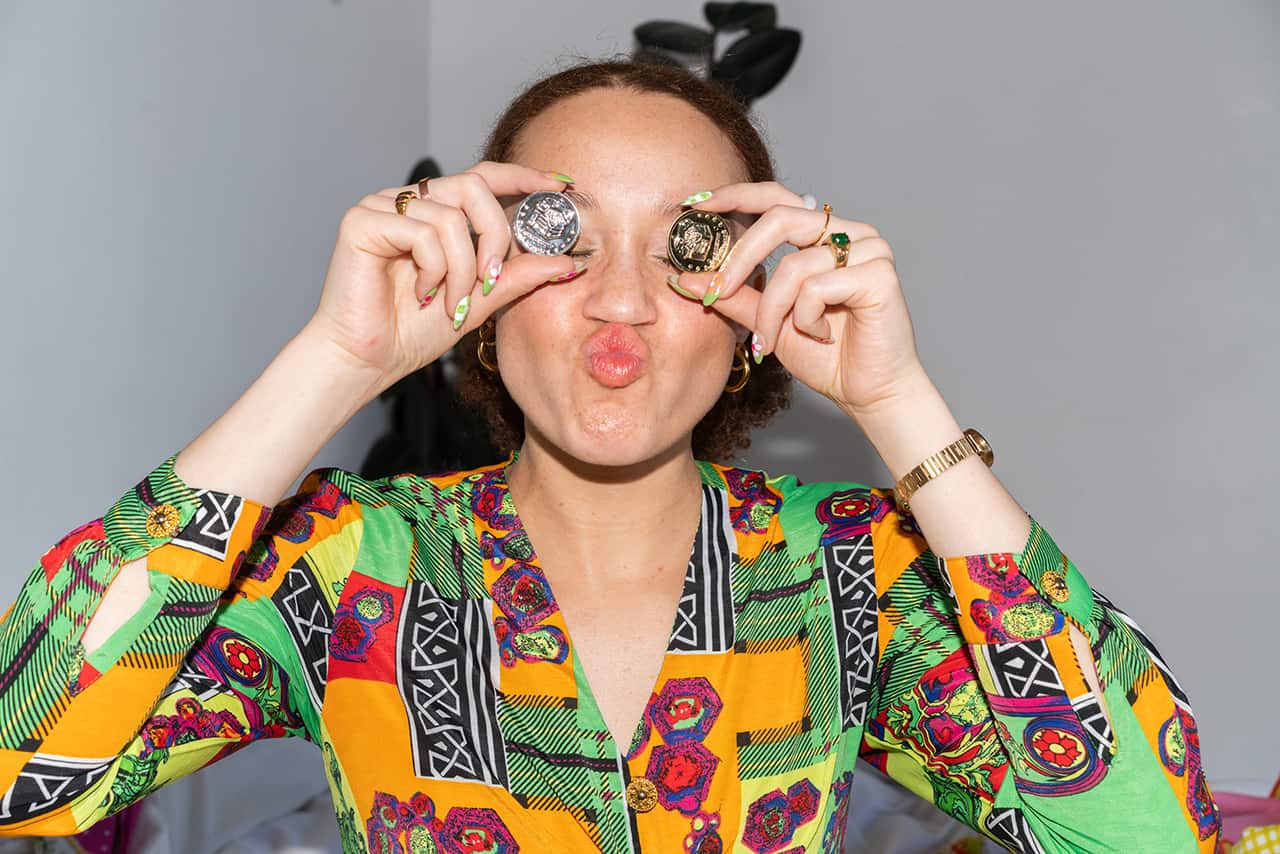
Know your worth
When it comes time to launch the paid version of your newsletter, spend time looking at newsletters similar in form and topic and gauge their price.
Aiming too high and not offering the option of paying by monthly installments might put off potential subscribers. On the flip side, going too low could risk your ability to sustain your work.
Remember: You’re setting up a business
While most writers are shy about sharing their work, you’ve started a business and no longer have that luxury. You’re going to have to do a lot of shameless self-promotion.
So, call your best friend and ask them to tweet about you. Connect with other writers and be curious about how they’ve managed their Substack. Create a publication focus group and garner feedback on your work before you push it live.
Building a newsletter on Substack can be as serious as you want it to be. So if you’re serious, make your writing your world and treat your email list like your community. Because when you pick up steam, that’s what they’ll be.
Stay weird
The best part about Substack is how it’s empowered various avenues of interest. From your topic to your publication name, you’ll need to find the balance between making your newsletter accessible to the curious, and exciting to the knowledgable.
Trust that your voice has something to add. Go find your people, and honor yourself and your reader by keeping it weird.
You’re already doing the groundwork by reading articles like this one. Keep brainstorming your pitch, writing your content plan, and practicing your craft.
Looking for more ways to diversify your revenue streams? Check out our guide 12 Ways to Make your First $100 Online for tips from creators on how to generate income online.
Follow The Leap on TikTok, Instagram, and YouTube for more monetization tips for creators. We also make a newsletter.

